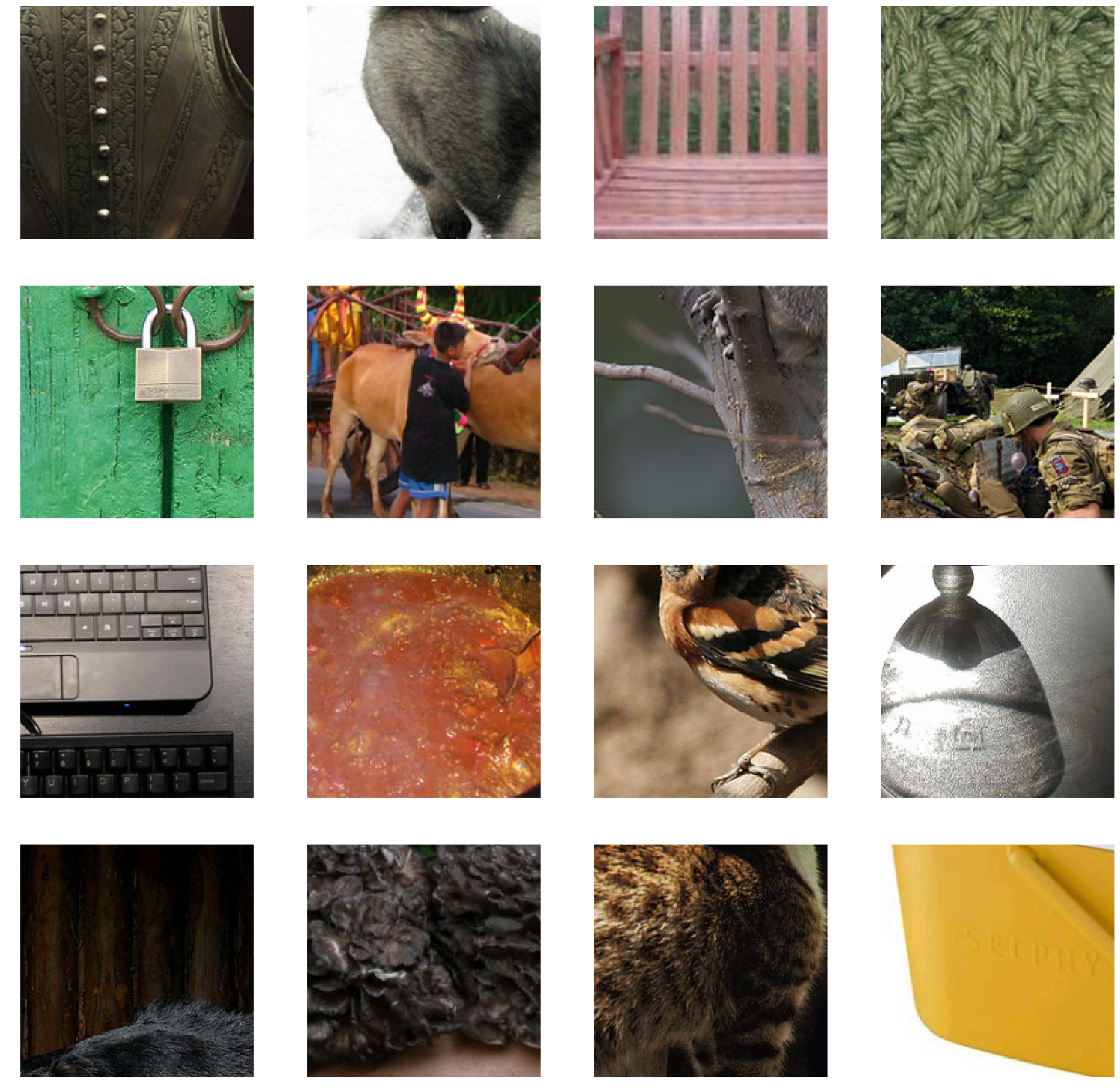Data loading: MXNet recordIO¶
Overview¶
In this example we will show how to use the data stored in the MXNet recordIO format with DALI.
Creating index¶
In order to use data stored in the recordIO format, we need to use MXNetReader operator. Besides arguments common to all readers (like random_shuffle), it takes path and index_path arguments.
pathis a list of paths to recordIO filesindex_pathis a list (of size 1) containing path to index file. Index file (with.idxextension) is automatically created when using MXNet’sim2rec.pyutility, and can also be obtained from recordIO file usingrec2idxutility included with DALI.
[1]:
from nvidia.dali.pipeline import Pipeline
import nvidia.dali.ops as ops
import nvidia.dali.types as types
import numpy as np
base = "/data/imagenet/train-480-val-256-recordio/"
idx_files = [base + "train.idx"]
rec_files = [base + "train.rec"]
idx_files
[1]:
['/data/imagenet/train-480-val-256-recordio/train.idx']
Defining and running the pipeline¶
Let us define a simple pipeline that takes images stored in recordIO format, decodes them and prepares them for ingestion in DL framework (crop, normalize and NHWC -> NCHW conversion).
[2]:
class RecordIOPipeline(Pipeline):
def __init__(self, batch_size, num_threads, device_id):
super(RecordIOPipeline, self).__init__(batch_size,
num_threads,
device_id)
self.input = ops.MXNetReader(path = rec_files, index_path = idx_files)
self.decode = ops.nvJPEGDecoder(device = "mixed", output_type = types.RGB)
self.cmn = ops.CropMirrorNormalize(device = "gpu",
output_dtype = types.FLOAT,
crop = (224, 224),
image_type = types.RGB,
mean = [0., 0., 0.],
std = [1., 1., 1.])
self.uniform = ops.Uniform(range = (0.0, 1.0))
self.iter = 0
def define_graph(self):
inputs, labels = self.input(name="Reader")
images = self.decode(inputs)
output = self.cmn(images, crop_pos_x = self.uniform(),
crop_pos_y = self.uniform())
return (output, labels)
def iter_setup(self):
pass
Let us now build and run our RecordIOPipeline.
[3]:
batch_size = 16
pipe = RecordIOPipeline(batch_size=batch_size, num_threads=2, device_id = 0)
pipe.build()
[4]:
pipe_out = pipe.run()
In order to visualize the results we use matplotlib library. This library expects images in HWC format, whereas the output of our pipeline is in CHW (since that is the preferred format for most Deep Learning frameworks). Because of that, for the visualization purposes, we need to transpose the images back to HWC layout.
[5]:
from __future__ import division
import matplotlib.gridspec as gridspec
import matplotlib.pyplot as plt
%matplotlib inline
def show_images(image_batch):
columns = 4
rows = (batch_size + 1) // (columns)
fig = plt.figure(figsize = (32,(32 // columns) * rows))
gs = gridspec.GridSpec(rows, columns)
for j in range(rows*columns):
plt.subplot(gs[j])
plt.axis("off")
img_chw = image_batch.at(j)
img_hwc = np.transpose(img_chw, (1,2,0))/255.0
plt.imshow(img_hwc)
[6]:
images, labels = pipe_out
show_images(images.as_cpu())

[ ]: